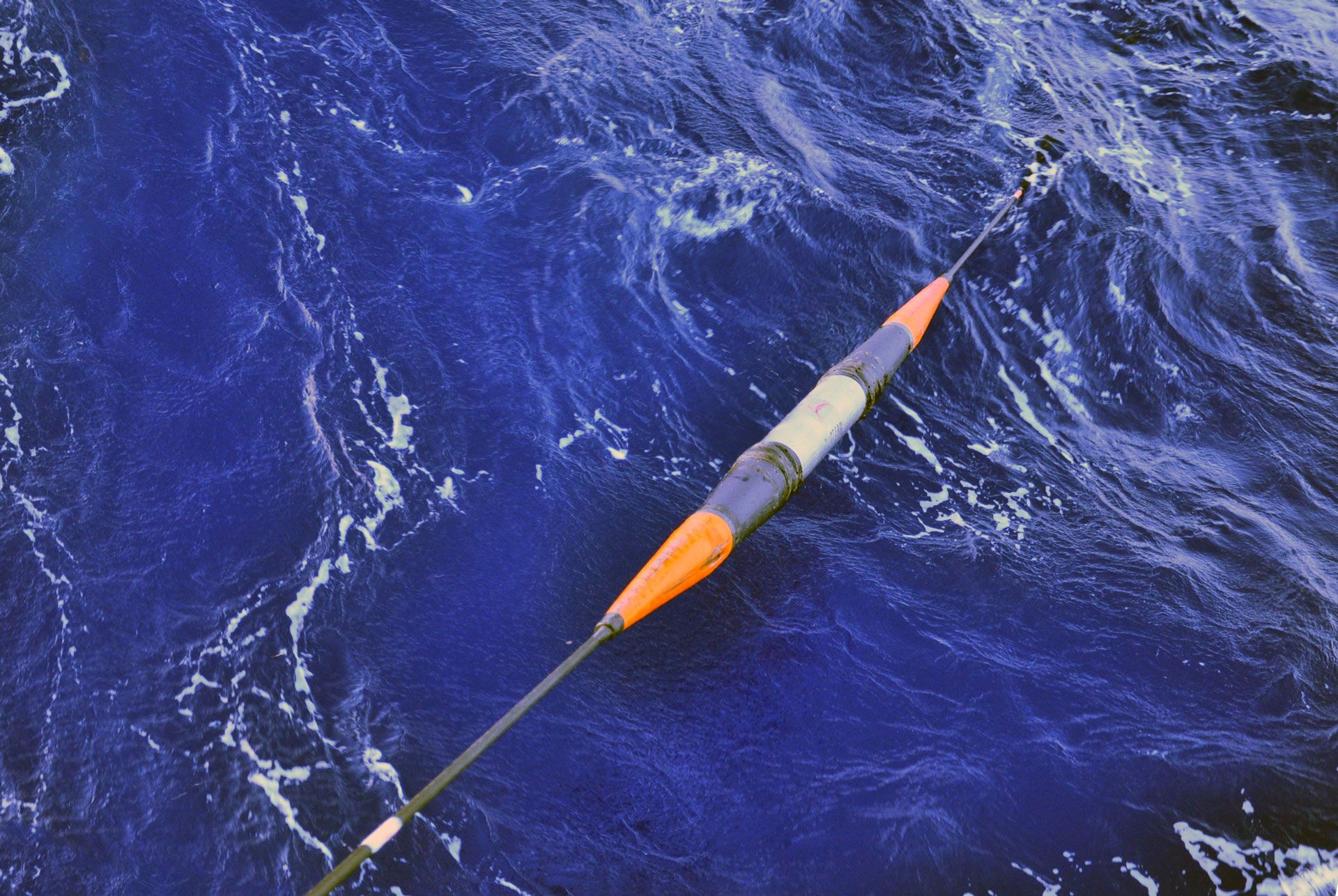
Space-division multiplexing
Roadmap for expanding optical network capacity
ITU News
A new technical report from the International Telecommunication Union (ITU) establishes a roadmap towards standards to support continued capacity growth for optical networks.
ITU’s report, focused on “optical fibre, cable, and components for space-division multiplexing (SDM) transmission,” is the first technical document on SDM technology published with industry consensus by any standards development organization.
It lays the groundwork for new ITU standards aimed at enabling more powerful future telecoms systems worldwide.
Optical networks have grown in capacity by an average of 40 per cent a year for the past 40 years. Such rapid growth, at viable costs, was achieved with networks and technologies standardized by ITU-T Study Group 15.
But today’s optical networks are approaching their Shannon limit – the estimated maximum rate at which they can transmit data reliably. Industry players see SDM as key to the next major phase in optical network technology evolution.
Outpacing an always looming capacity crunch
Demand for data traffic continues grow unabated alongside bandwidth-intensive services like video, which now accounts for over 80 per cent of Internet traffic, and the increasing influence of cloud computing and machine-to-machine communications.
ITU standards represent industry consensus on the innovation needed to achieve successive increases in network capacity as cost-effectively as possible.
ITU-T Study Group 15 has advanced the state of the art in optical networking while standardizing a matching range of optical fibre characteristics in the ITU G.65x series.
Experts around the world meet in ITU-T’s Q5/15 rapporteur group to agree on how to construct and deploy optical fibres and the cables housing them.
The course towards SDM
The roadmap set out by the working group highlights how continual capacity increases will call for massive parallelism, both spectrally with wavelength-division multiplexing and spatially with SDM, as well as innovative optical fibre and cable technologies.
The technical report indicates a clear and agreed way forward for deploying and standardizing SDM optical fibre and cable technologies, with the goal of developing cost-effective SDM networks and the supporting business ecosystem.
Key topics considered in the report include:
- High-potential SDM applications
- Technical and commercial aspects of SDM technology
- The current state of SDM technical maturity, with a focus on optical fibres, cables, and related components for SDM transmission.
The report aims to raise awareness about SDM options, along with the need for industry to develop and agree on new measurement processes.
Shaping SDM optical fibre cables
An SDM optical fibre cable improves the spatial density of an optical fibre in unit cross-section. It can also boost the number of spatial transmission channels in a common cladding.
SDM, in its most conventional sense, can simply mean more fibres in a cable. But more radical solutions are required to increase spatial paths and strike the right balance between capacity growth and cost.
The technical report defines and analyses the properties of both single- and multi-core SDM optical fibres.
Single-core SDM optical fibre designs include reduced coating diameter fibre (RCDF), reduced cladding diameter fibre (RCF), and few-mode fibre (FMF).
Multi-core designs include weakly coupled multicore fibre (WC-MCF), randomly coupled MCF (RC-MCF), and few-mode MCF (FM-MCF).

ITU’s report examines the technical maturity, advantages, and disadvantages of these SDM optical fibres, as well as the characterization methods needed to establish new fibre standards.
Anticipated applications
Long-haul submarine and terrestrial backbone networks, data centre interconnection, and intra-data-centre links could all benefit significantly from SDM optical fibre and cable technologies.
New design concepts for ultra-high-density cables could help to overcome space limitations for cables or ducts, align rising density requirements with cost effectiveness, and reduce environmental impact.
The investigation of anticipated SDM applications also considered connectorization, splicing, and breakout technologies, with the work analysing current technical progress and assessing the evolution required for future standardization of those technologies.
Read the report and accompanying technical flyer.
Header image credit: Xtera Communications, Inc.
